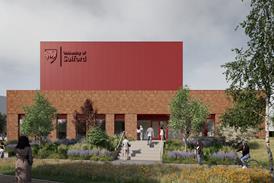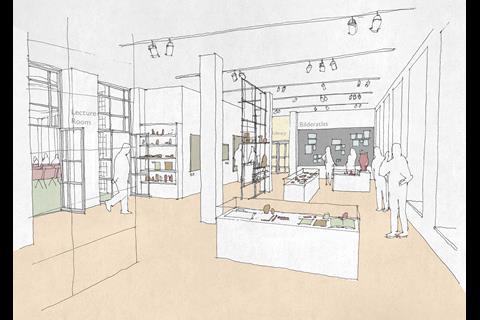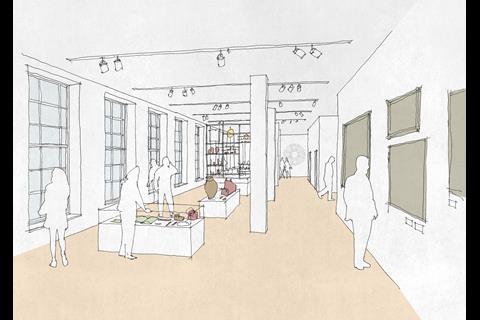Architect’s brief was to restore Warburg Institute’s revolutionary spirit

Haworth Tompkins’ £14.5m redevelopment of the Warburg Institute has been approved by Camden council.
The project will see the expansion, modernisation and modernisation of its Bloomsbury home, designed by Charles Holden who was also responsible for nearby Senate House, as well as dozens of Tube stations.
The institute, now part of the University of London, was founded by Aby Warburg in Hamburg in 1900 and studies the interaction of ideas, images and society through history. It was moved to London after the rise of the Nazis.
Haworth Tompkins was appointed to the Warburg Renaissance project last year to open up the building and make it suitable for future generations of students.

Plans include a 140-seat lecture theatre in the central courtyard, enlarged seminar rooms, a new exhibition space and a ground-floor café for the debate of ideas, in the style of a Viennese coffee house.
Hugo Braddick of Haworth Tompkins said: “In addition to implementing physical improvements such as expanding the institute’s research and collection spaces, the brief seeks to revive the original spirit of discovery and debate of Aby Warburg’s science of culture.”

The work will also give the existing library spatial capacity for another 20 years of growth, refurbish the stacks and reinstate Warburg’s unique classification system, which has been partially dispersed due to lack of space.
The institute, next to the University of London Union and Christ the King Church on Woburn Square, is noted for its interdisciplinary research extending across the histories of art, science and religion to anthropology and psychology.
It prides itself on its “engagement with what are often considered the superstitious, irrational and emotional elements of cultural phenomena. This has enabled some of its most significant contributions to the understanding of both the dynamics and forms of cultural transmission”.
























No comments yet